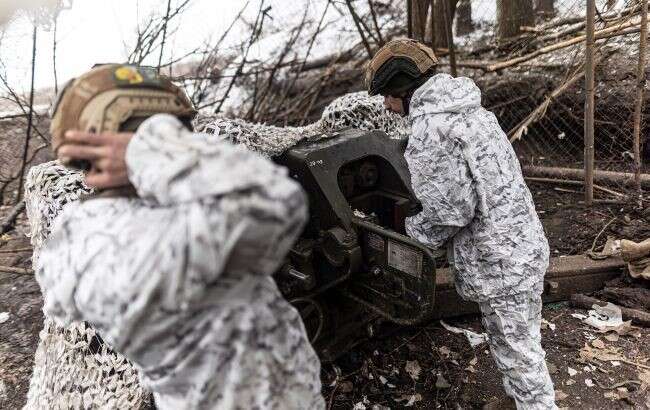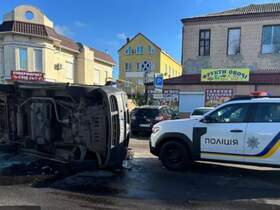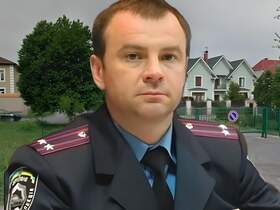Analyst explained how much the Ukrainian Armed Forces’ operation in the Kursk region changed the course of the war

Analyst explained how much the Ukrainian Armed Forces’ operation in the Kursk region changed the course of the war
One of the key achievements of the Armed Forces of Ukraine in the six-month operation in the Kursk region has been the blockade of a significant number of occupying forces. This involves nearly 100,000 personnel, who otherwise would have been in the eastern and southern parts of Ukraine.
This was stated by military-political analyst, observer of the "Information Resistance" project Oleksandr Kovalenko in an interview with Oleh Panyuta on OBOZ.UA. He noted that this is far from the only achievement of the operation of the Armed Forces of Ukraine in the Kursk region, but it is one of the most significant.
"Several facts: when the operation began on August 6, the occupying forces in the Kursk region numbered 11,000 troops. This was the ’North’ group. Now we speak of almost 60,000 personnel concentrated in the Kursk region. In half a year, the number has increased by 50,000. Plus 38,000 killed, wounded, and captive, which the enemy constantly compensated for. Therefore, in half a year, we have effectively blocked 88,000 enemy resources in the Kursk region," the expert said.
This nearly 100,000-strong contingent includes North Korean soldiers. However, according to Mr. Kovalenko, "the Koreans disappear very quickly" because "five thousand losses in approximately three months - no Russian army corps had such losses."
Thus, during these six months, almost 100,000 occupiers were blocked in the Kursk region.
"Where would they be if it weren’t for the Kursk region?" Mr. Kovalenko asks and answers: "On other fronts, but already in Ukraine."
"This is the impact of the operation on the course of the war. We redirected the enemy’s forces and resources to a completely different place, on the territory of the Russian Federation. The occupiers are now dying, and they advance, hold defences on their own territory. This is holding and diverting the enemy’s attention from other directions, and this undoubtedly affects the course of the war," the expert emphasized.
In addition, the important results of the Kursk operation include reputational losses - both for the aggressor country and its North Korean ally. This primarily demonstrates that Russia does not have unlimited military resources - neither in personnel nor in equipment.
"North Korean military appeared there precisely because the Russians lacked human resources. They do not have unlimited resources in equipment, which we see when they send ’UAZs’, ’Nivas’, and ’Zhiguli’ to assaults," Kovalenko noted.
He reminded that DPRK soldiers in the Kursk region "have been actively participating in combat operations for about three months." Of the 11,000, almost half, five thousand losses during this period, is a significant blow to the North Korean dictator.
However, there are certain complications with the DPRK military. Such losses are also due to the fact that these soldiers choose death over captivity.
"They have a very high suicide rate among captives. If there is no evacuation, a captive may be shot, he may blow himself up with a grenade. This is more common among them than among the Russians. If I am not mistaken, as of now, there are 222 confirmed cases of suicide by Russians in this war. And among the North Koreans, there are much more, and for them, this is the norm," the expert added.
Topics: Kursk regionAFUWarRussian invasion of UkraineOleksandr Kovalenko

Comments:
comments powered by DisqusЗагрузка...
Our polls
Show Poll results
Show all polls on the website











